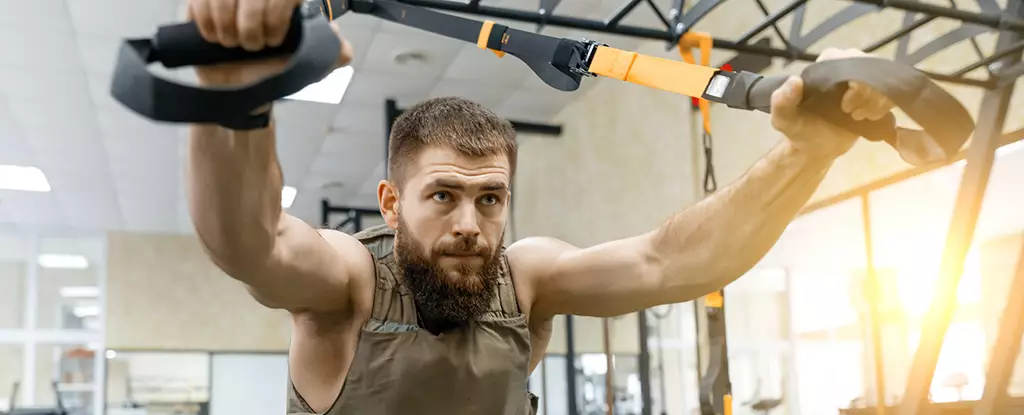In recent years, the fitness community has witnessed a revival of interest in weighted vests, a piece of equipment that has gained traction through social media and various training programs. Unlike conventional wisdom, which often relegated them to the realms of military training or specialized fitness routines, the modern weighted vest is being promoted as a versatile tool for anyone looking to improve cardiovascular efficiency, strength, and overall health. Despite their historical usage, it’s vital to critically assess whether engaging in exercise while wearing a weighted vest is a practical and beneficial choice for the average individual.
The concept of adding weight to physical activity is not novel; in fact, soldiers have employed heavy packs for centuries. Nevertheless, the scientific inquiry into the benefits of weighted vests is relatively recent. For example, a pivotal study from 1993 evaluated older adults and found that incorporating weighted vests during exercise improved bone health, reduced pain, and enhanced physical functionality over 20 weeks. This study set the stage for a multitude of subsequent research endeavors, examining the physiological impacts of wearing a weighted vest during various forms of exercise.
What has become clear is that adding weight increases physiological demands, requiring more oxygen and energy. Specifically, studies suggest that adding 10% of one’s body weight results in significant benefits, while merely adding 5% typically does not present the same degree of physiological challenge. This dichotomy invites further investigation into how weight loading optimizes benefits while mitigating risks, especially concerning biomechanics and injury potential.
Any new exercise regimen must address safety and injury risk. Investigations into biomechanical factors reveal that while wearing a weighted vest can increase heart rate and muscular exertion, the natural mechanics of walking or running remain largely unaffected. This is encouraging news as reducing injury risk is paramount. However, caution is warranted; a 2018 study highlighted high rates of back pain among participants with obesity who wore weighted vests. Thus, the translation of these findings to the general population raises questions about varying individual fitness levels and pre-existing health conditions.
To maximize benefits while minimizing risk, it’s prudent to approach weighted vest training with deliberation. For novices, the initial focus should be on developing a solid fitness foundation before adding weight. Starting with a lesser load, ideally around 5% of body weight, is advisable until individuals become accustomed to the added challenge. As strength and endurance increase, incorporating a vest—up to 10% of body weight—during ground-impact exercises like running or walking can amplify the training stimulus.
One of the primary motivations behind utilizing weighted vests is the impact on fat loss and muscle retention. The evidence here is mixed. On one side, certain studies indicate that subjects engaged in treadmill workouts with a weighted vest have observed improved fat loss and muscle gain. However, other research, particularly in obese older adults, has failed to consistently demonstrate that vests lead to greater weight loss. This inconsistency suggests that while weighted vests might elevate physical demand, they don’t necessarily translate to superior body composition changes compared to traditional exercise methods.
Moreover, the discourse surrounding bone health in older adults presents another layer of complexity. While earlier studies indicated improvements in bone density among older women participating in vest-supported walking and strength training, subsequent research failed to show a consistent benefit for those with osteoporosis. Thus, while weighted vests may offer a tool for some, they are not a panacea for everyone.
Ultimately, while weighted vests do present an opportunity to enhance workout intensity and challenge, they should be regarded as only one piece of a larger training puzzle. The adoption of weighted vests can be beneficial for those with a solid fitness foundation looking to elevate their workout intensity. However, the risks, benefits, and individual goals must guide whether they should be included in one’s training regimen.
As with any fitness tool, the efficacy of weighted vests lies not just in their use, but in thoughtful integration into an overall training strategy. Sustained progress in fitness can often be achieved through increased training duration and intensity without the need for additional weight. Consequently, while the resurgence of weighted vests may offer excitement within the fitness realm, approaching them with a well-informed and cautious mindset will ensure safety and effectiveness.


Leave a Reply